Pearl on the Silk Road: Mogao Grottoes
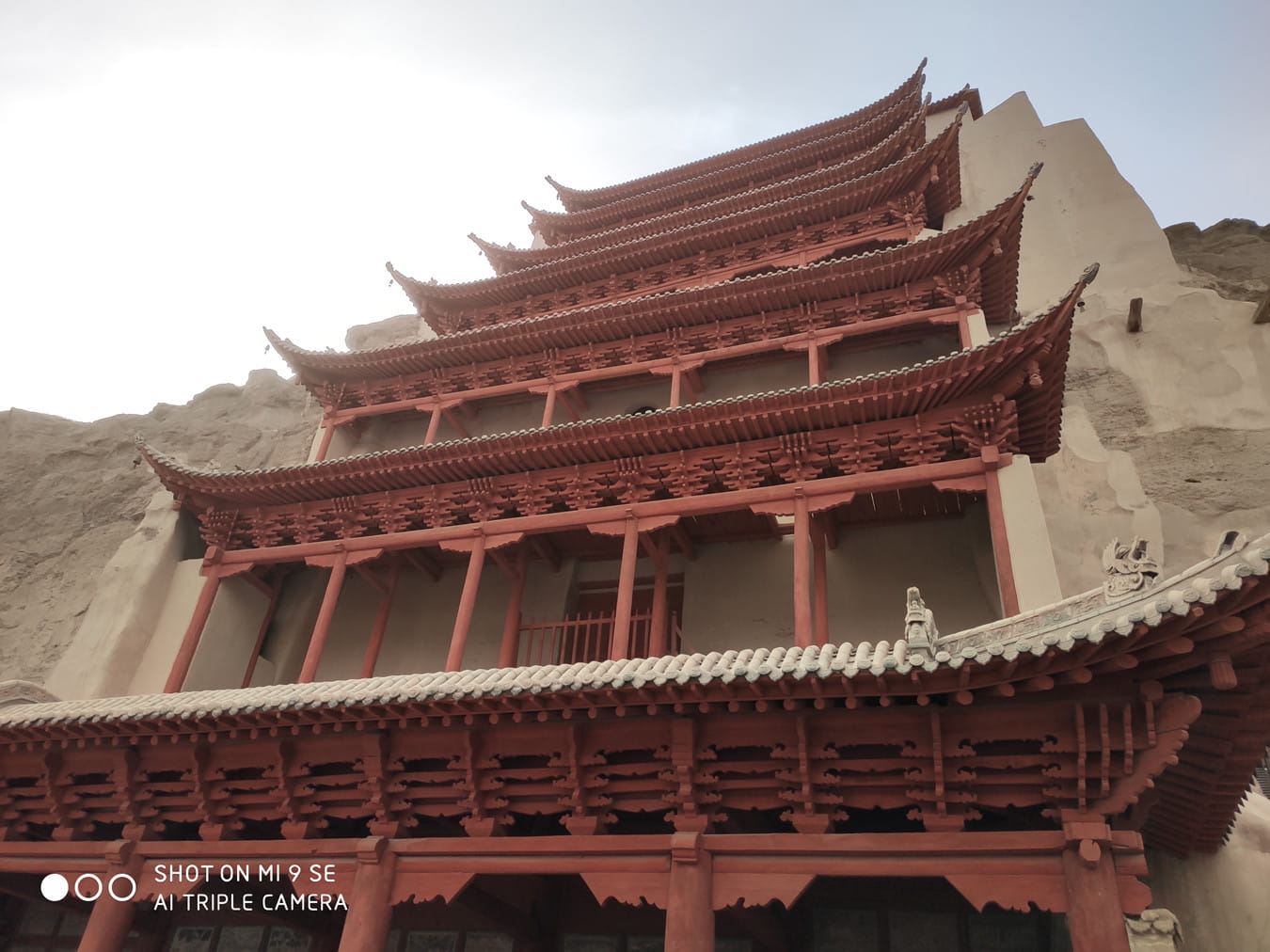
Mogao Grottoes, commonly known as thousand Buddha Caves, are located in Dunhuang at the west end of Hexi corridor. It was first built in the pre Qin period of the sixteen countries. After the construction of the sixteen countries, the Northern Dynasties, Sui, Tang, Five Dynasties, Xixia, yuan and other dynasties, it has formed a huge scale, with 735 caves, 45000 square meters of murals, 2415 clay colored sculptures. It is the largest and richest Buddhist art place in the world.
The Mogao Grottoes were built in the period of Sixteen Kingdoms. In the Northern Wei, Western Wei and Northern Zhou dynasties, the rulers believed in Buddhism. The construction of the grottoes was supported by the princes and nobles, and developed rapidly. During the Sui and Tang Dynasties, with the prosperity of the Silk Road, Mogao Grottoes flourished, with more than a thousand caves in Empress Wu. In the Northern Song Dynasty, the Western Xia Dynasty and the Yuan Dynasty, the Mogao Grottoes gradually declined, mainly to rebuild the former dynasty grottoes, but rarely to build new ones.
There are more than 500 caves in Dunhuang Grottoes, of which 492 are paintings and colored sculptures. As the main body of Dunhuang art, color sculpture includes Buddha, Bodhisattva, disciple, King Kong, Lishi, God, etc.
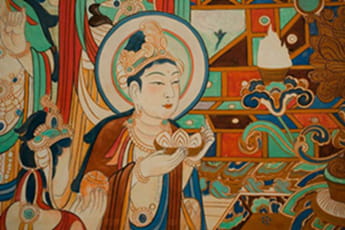
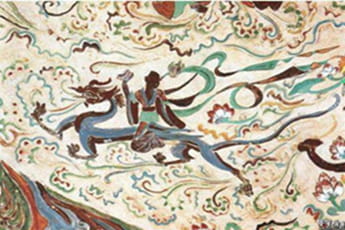
The grotto murals are rich and colorful, with various Buddhist Scripture stories, mountains and rivers, pavilions and other architectural paintings, landscape paintings, flower patterns, flying Buddha statues and various scenes produced by the working people at that time. They are the artistic representation of the folk customs and historical changes of more than 1500 years from the 16th country to the Qing Dynasty, magnificent and magnificent.
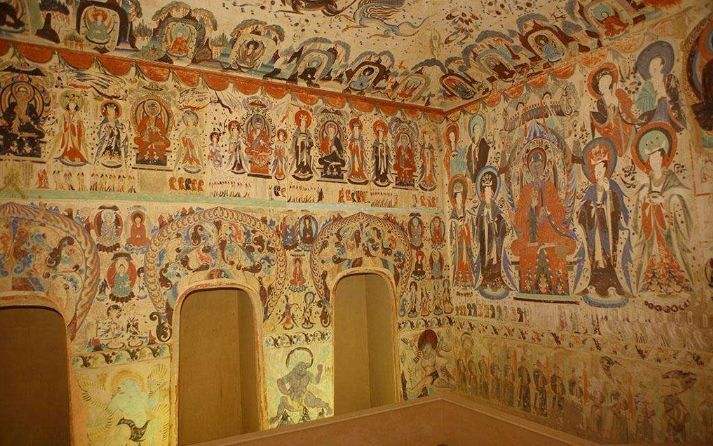
莫高窟,俗称千佛洞,坐落在河西走廊西端的敦煌。它始建于十六国的前秦时期,历经十六国、北朝、隋、唐、五代、西夏、元等历代的兴建,形成巨大的规模,有洞窟735个,壁画4.5万平方米、泥质彩塑2415尊,是世界上现存规模最大、内容最丰富的佛教艺术地。
莫高窟始建于十六国时期,北魏、西魏和北周时,统治者崇信佛教,石窟建造得到王公贵族们的支持,发展较快。隋唐时期,随着丝绸之路的繁荣,莫高窟更是兴盛,在武则天时有洞窟千余个。北宋、西夏和元代,莫高窟渐趋衰落,仅以重修前朝窟室为主,新建极少。
敦煌石窟存有500多个洞窟中保存有绘画、彩塑492个。彩塑为敦煌艺术的主体有佛像、菩萨像、弟子像以及天王、金刚、力士、神等。
石窟壁画富丽多彩,各种各样的佛经故事,山川景物,亭台楼阁等建筑画、山水画、花卉图案、飞天佛像以及当时劳动人民进行生产的各种场面等,是十六国至清代1500多年的民俗风貌和历史变迁的艺术再现,雄伟瑰丽。
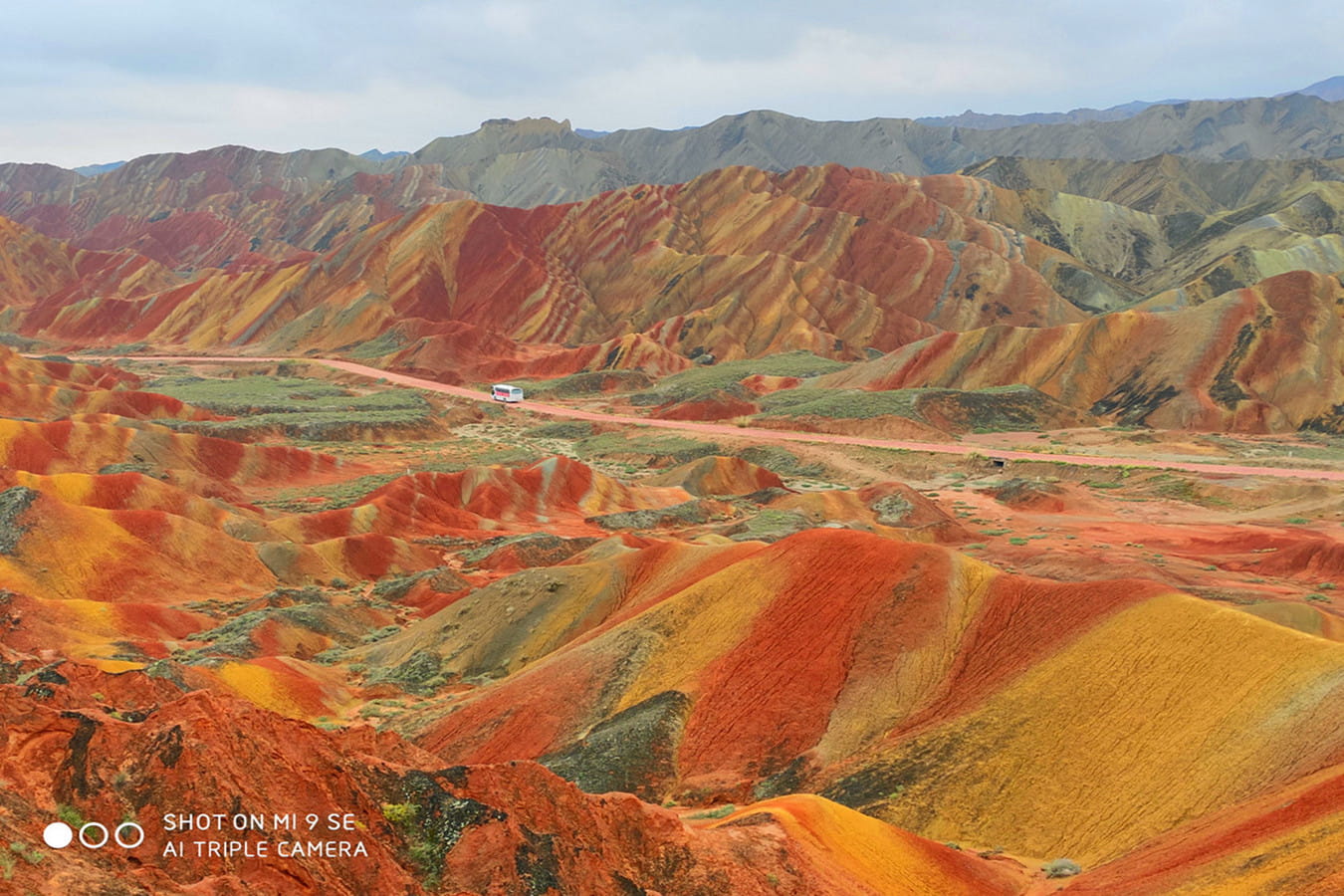
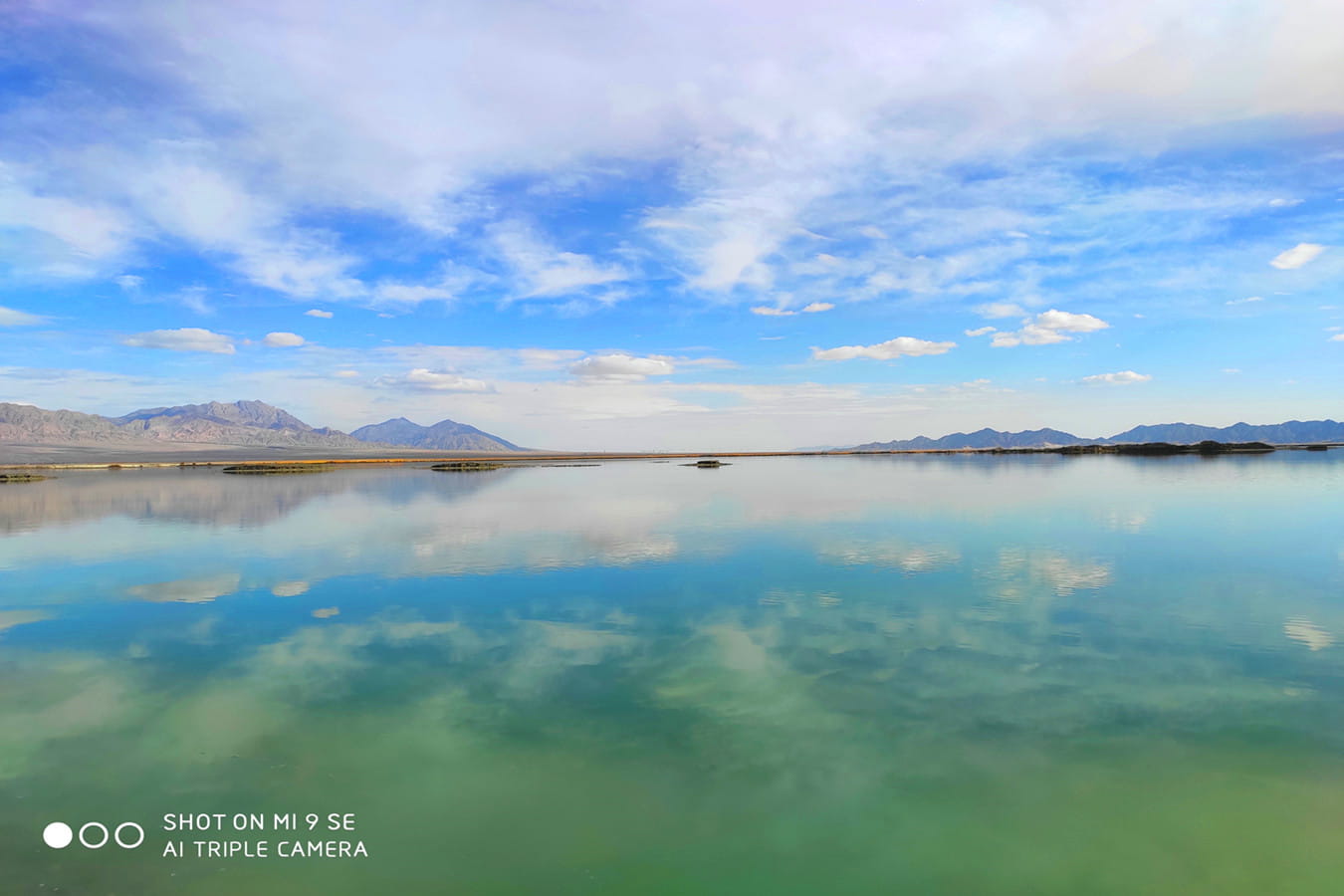
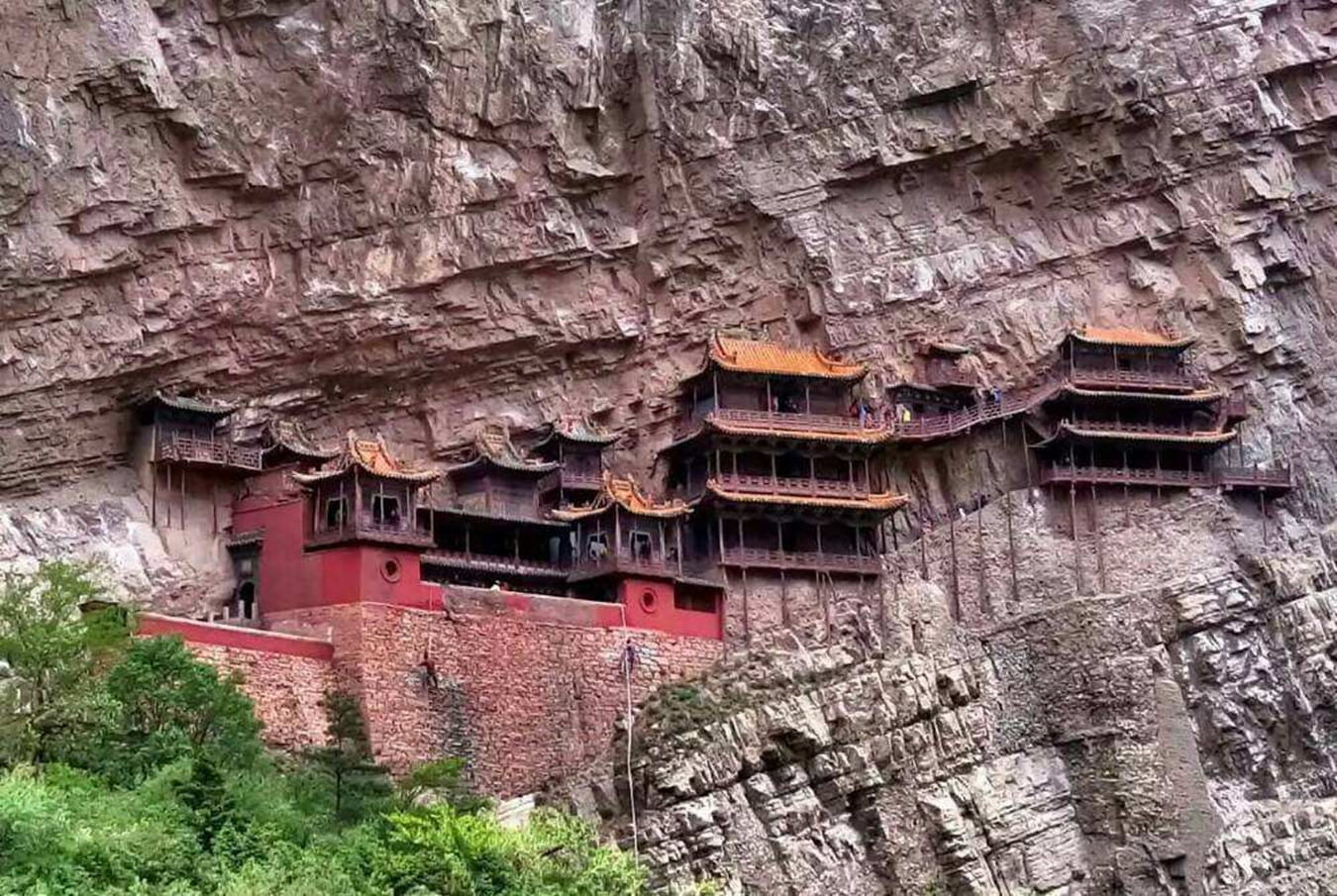
Comments